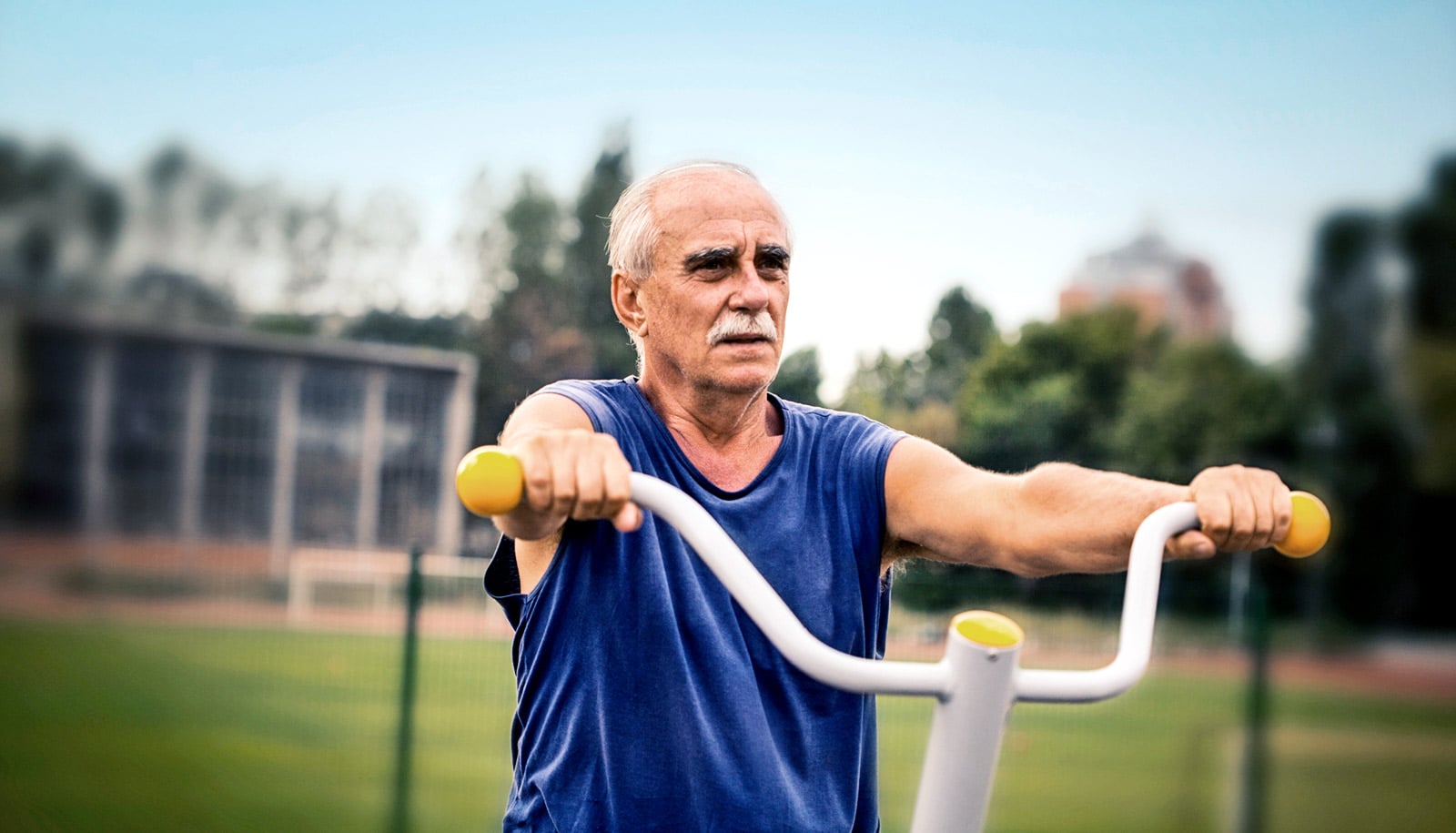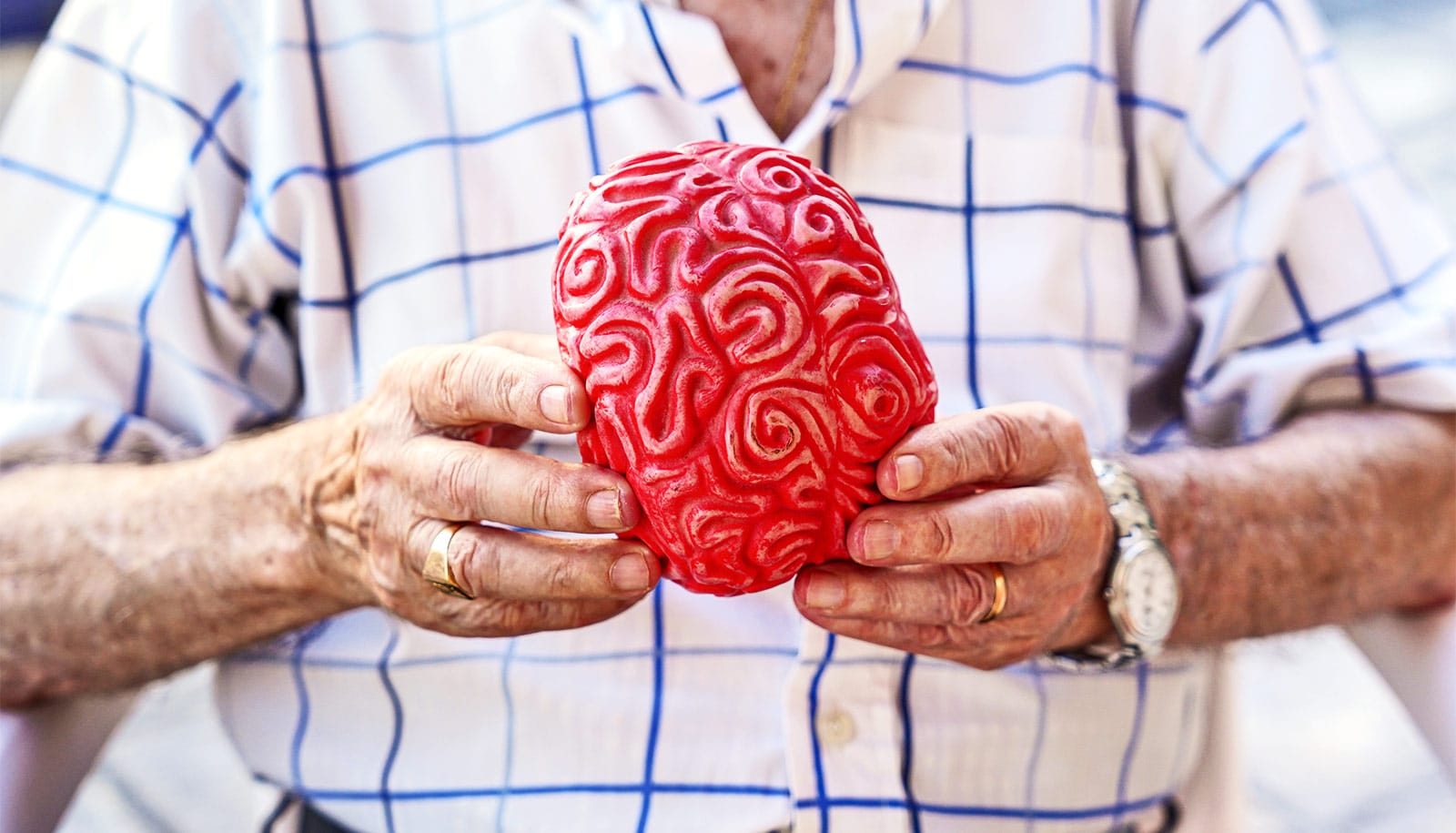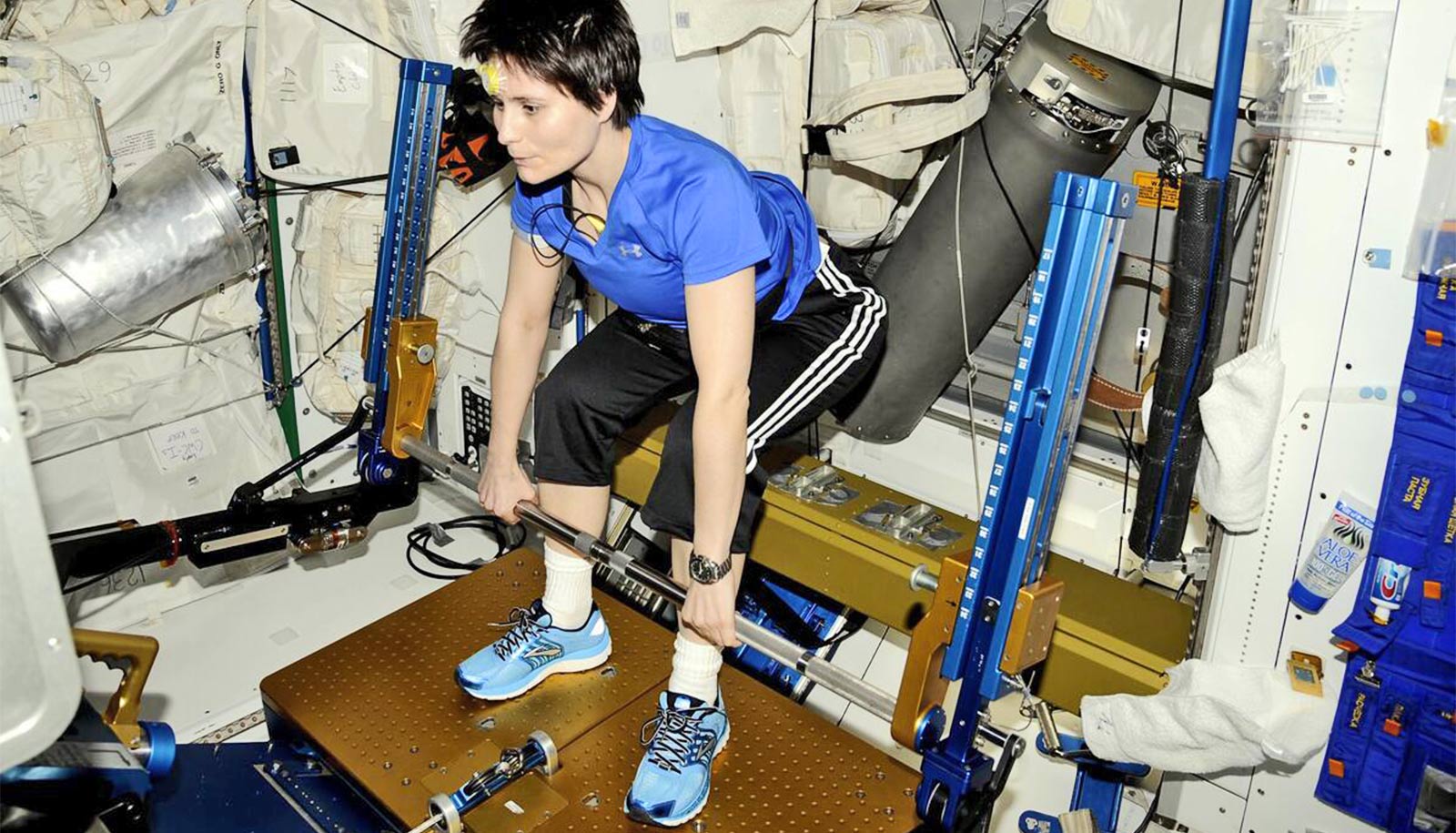New research indicates that short periods of intense physical activity in the form of high-intensity interval training (HIIT) can reverse frailty in mice, suggesting the same may be true for humans.
“…it’s possible that high-intensity interval training can help enhance quality of life and capacity to be healthy…”
The new study used two groups of a dozen mice, each 24 months old, which correlates roughly to 65 years old in human terms. All the mice had been sedentary up until that age. While cautioning that the study was done in mice, the authors say the results could be applicable to humans.
“We know that being frail or being at risk for becoming frail puts people at increased risk of dying and comorbidity,” says senior author Bruce R. Troen, senior author on the study and a professor and chief of the geriatrics and palliative medicine division at the Jacobs School of Medicine and Biomedical Sciences at the University at Buffalo.
“These results show that it’s possible that high-intensity interval training can help enhance quality of life and capacity to be healthy,” he says.
The results were striking, with mice exhibiting “dramatic” improvements in numerous measurements, including strength and physical performance.
One of the most significant findings was that by the end of the study, five of six mice found to be frail or pre-frail at baseline improved, and four were no longer frail.
“Those four mice who had exhibited the kinds of deficits that correlate to frailty in humans improved to a completely robust level,” Troen says. “The HIIT actually reversed frailty in them.”
Researchers developed mouse equivalents for measures that assess human frailty, including ways to evaluate grip strength, endurance and gait speed, so that they could establish baseline levels and then compare those with results once the study was complete.
“Because the performance measures for the mice are directly relevant to clinical parameters, we think this program of exercise is quite applicable to humans,” Troen says. “We’re laying a foundation so we can do this in people and so we can understand how to tailor it to individuals so they can successfully implement this.”
Similar to the way that an athletic trainer might individualize a fitness program for a client, intensity levels were tailored for each mouse.
“While the mice are genetically identical, they aren’t phenotypically identical,” says Kenneth L. Seldeen, a research assistant professor and first author of the study, which appears in the Journal of Gerontology A.
“So we customized the exercise program to each mouse, first finding out what each one was capable of at baseline, and then increasing or decreasing the intensity depending on the performance of the mouse during the study.”
Seniors with arthritis: here’s your minimum amount of exercise
The 10-minute exercise program involved a three-minute warm-up, three intervals of one minute of high intensity, and one minute at lower intensity, and a final minute of higher intensity on an inclined treadmill. The exercises were done three times a week over 16 weeks. All exercises were well-tolerated by the mice.
There were dramatic improvements in grip strength, treadmill endurance, and gait speed. The mice showed greater muscle mass and an increase in total mitochondria, the energy factories of cells.
“Increased mitochondrial biomass allows you to utilize oxygen more efficiency,” Troen says. “With HIIT, we saw both mitochondrial increase and an improvement in muscle quality and fiber size in these mice.”
HIIT may offer such significant benefits to those who engage in it, because of the stress levels it subjects the body.
“Exercise stresses the system and the body can respond beneficially,” Troen says. “We believe that the intensity of individualized HIIT provides a more significant but manageable stress so the body responds more robustly to these short, vigorous periods of exercise. In other words, you get more bang for your buck.”
Older adults who lift weights live longer
The researchers caution that before engaging in this kind of training, people should consult their doctor.
The US Department of Veterans Affairs and the Indian Trail Charitable Foundation funded the work.
Source: University at Buffalo



